Discovering ancient coins is like finding a piece of history. These coins not only hold immense value but also tell fascinating stories. This article explores some of the most expensive ancient coins ever discovered. Each coin offers a unique glimpse into the past, showcasing the artistry and historical significance of its time.
1933 Saint-Gaudens Double Eagle
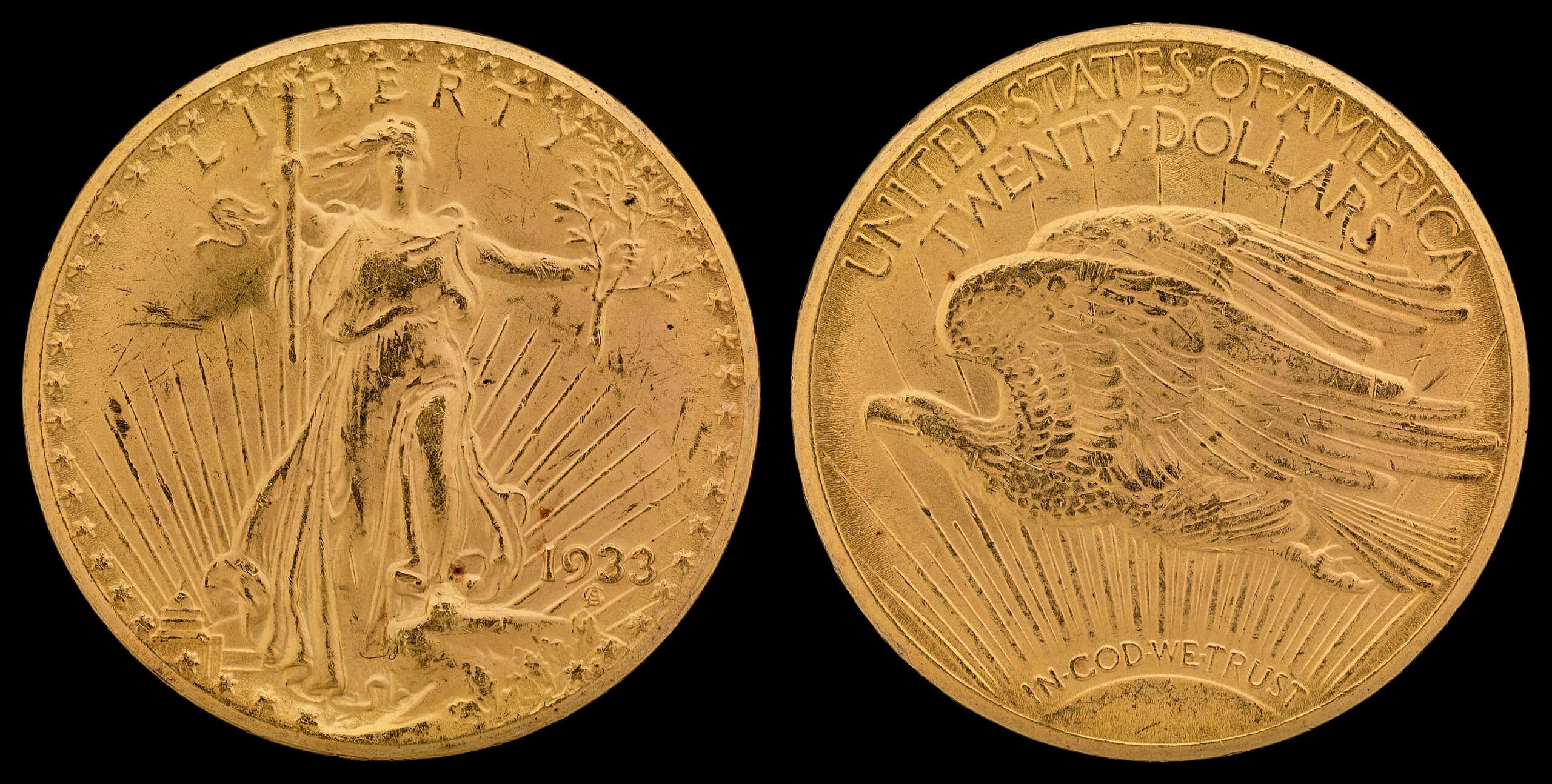
The 1933 Saint-Gaudens Double Eagle is one of the rarest coins in the world. It features Lady Liberty striding forward with a torch and olive branch, designed by Augustus Saint-Gaudens. The reverse shows a majestic eagle in flight, symbolizing liberty and peace. This coin was never officially circulated due to the discontinuation of the gold standard during the Great Depression. Only a few legally released coins exist today. One of these coins sold for a staggering $7.6 million. Its rarity, combined with its exquisite design, makes it a coveted piece for collectors.
1794 Flowing Hair Dollar
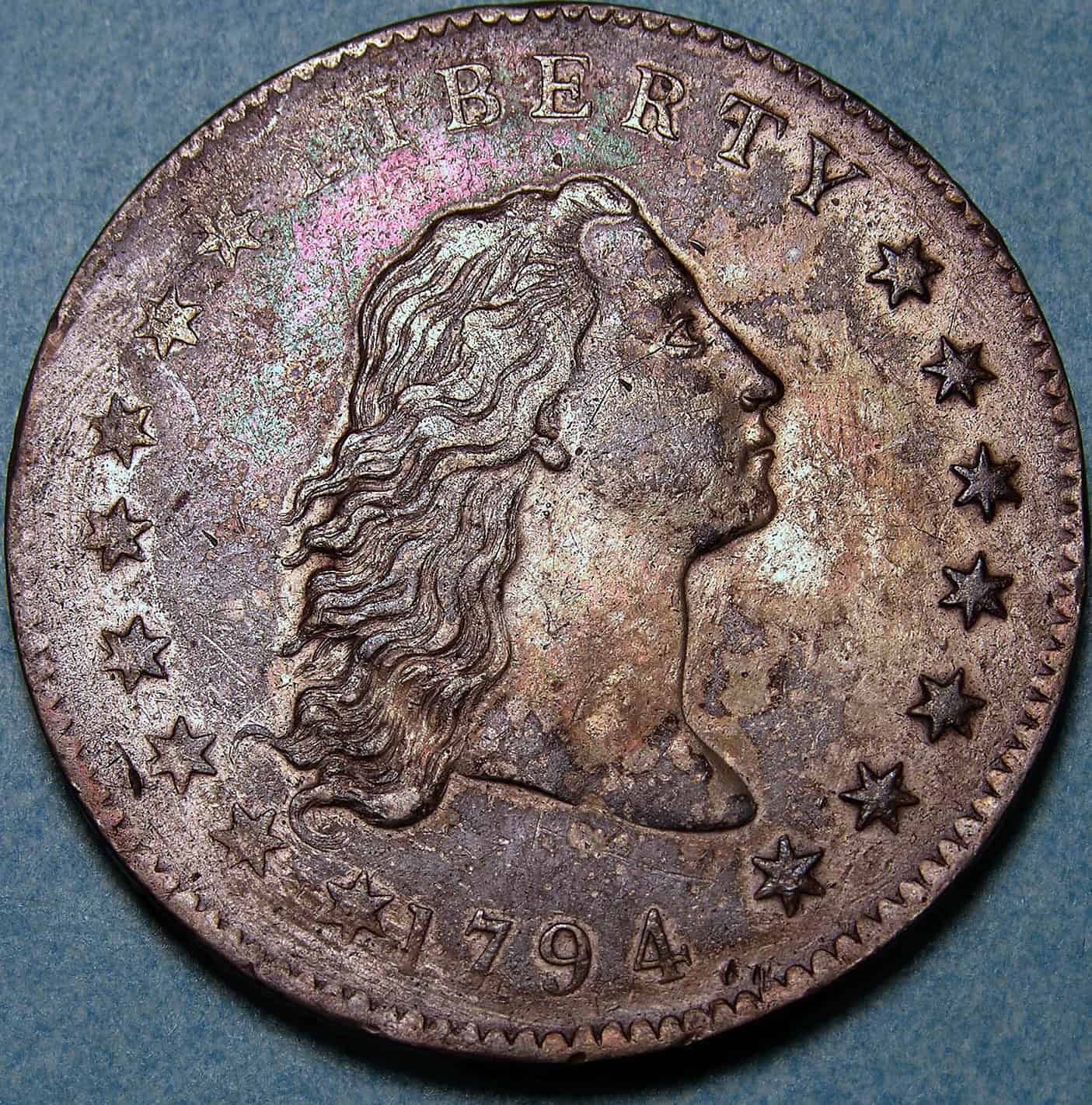
The 1794 Flowing Hair Dollar is believed to be the first silver dollar minted by the United States. Its obverse depicts a profile of Lady Liberty with flowing hair, while the reverse features a small eagle surrounded by a wreath, representing strength and unity. Collectors highly prize this coin for its historical significance and rarity. A well-preserved specimen fetched around $10 million at auction, reflecting its immense value and importance in American numismatics.
1787 Brasher Doubloon
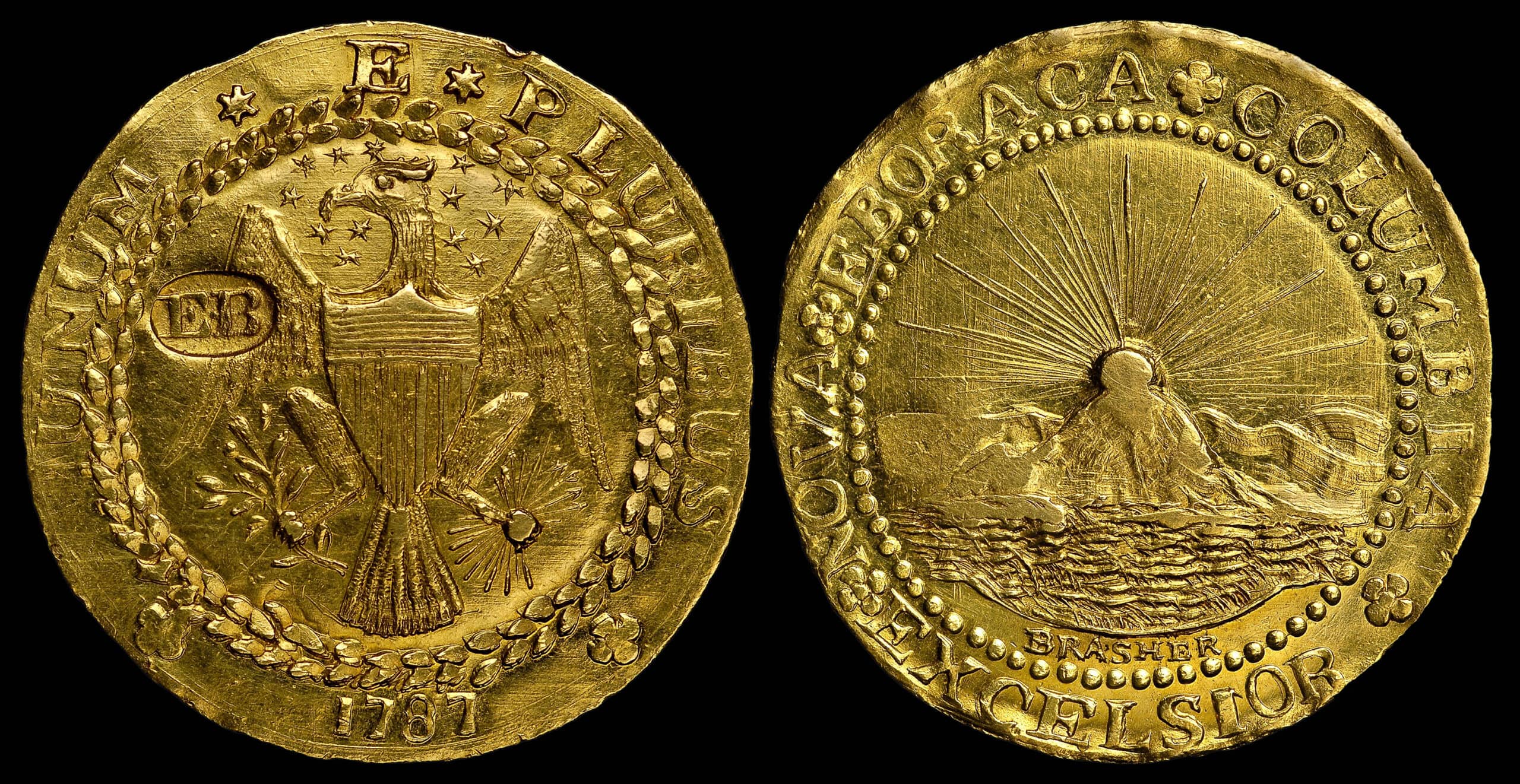
The 1787 Brasher Doubloon is a privately minted gold coin by New York silversmith Ephraim Brasher. The coin bears the hallmark “EB” on the eagle’s wing, signifying Brasher’s craftsmanship. Its obverse features a rising sun and the reverse an eagle with a shield. Known for its rarity and connection to early American coinage, the Brasher Doubloon is highly sought after. It sold for $7.4 million, showcasing its historical significance and unique origin. This coin represents a key piece in the history of American numismatics, marking early attempts at establishing a national currency.
Umayyad Gold Dinar
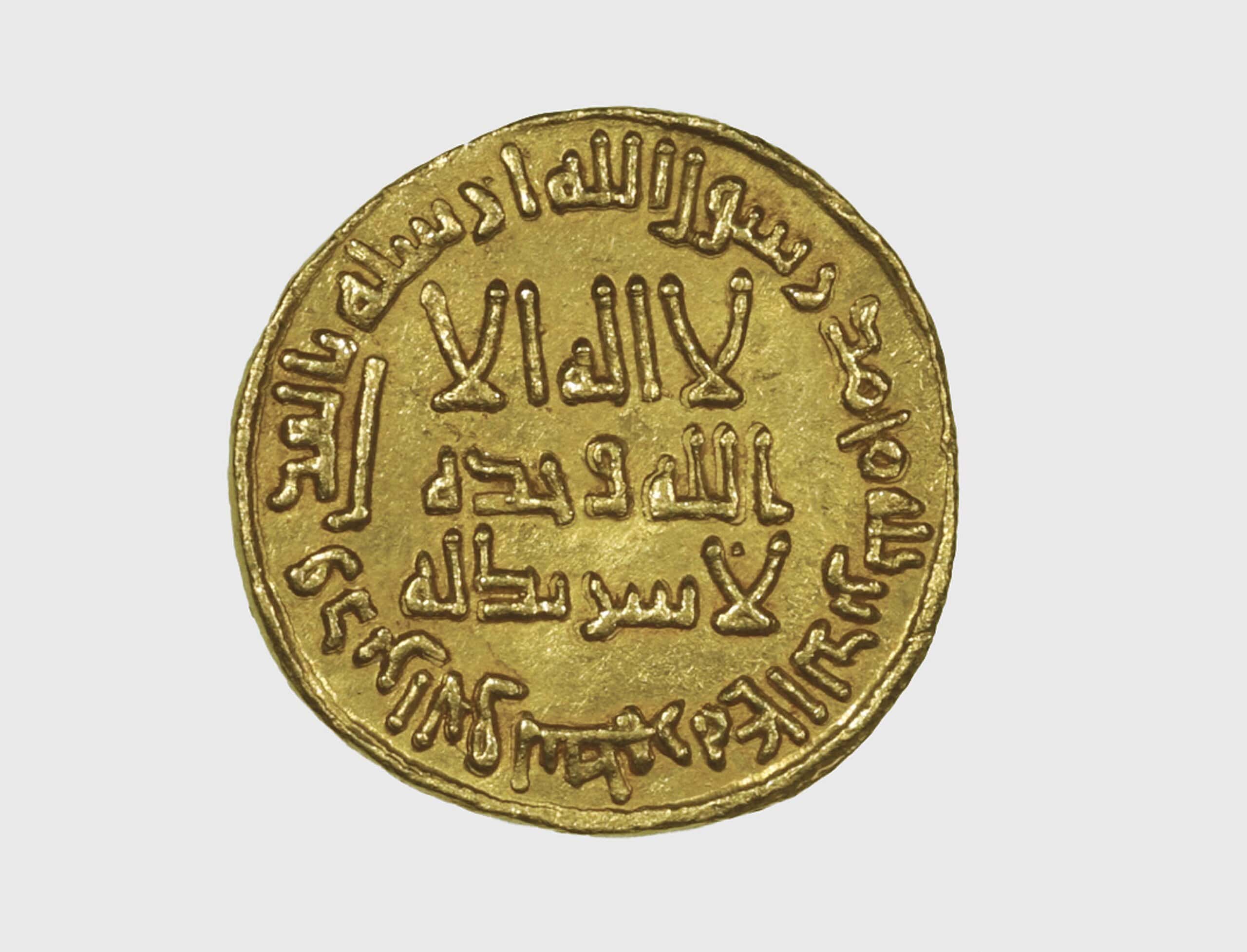
The Umayyad Gold Dinar, minted in 723 AD, is made of pure gold and features Arabic inscriptions. The coin references the pilgrimage and the year of minting, making it a significant piece of Islamic history. This coin sold for $4.8 million. Its historical and religious importance, combined with its exceptional condition, make it a prized possession for collectors.
70-AD Year Four Shekel
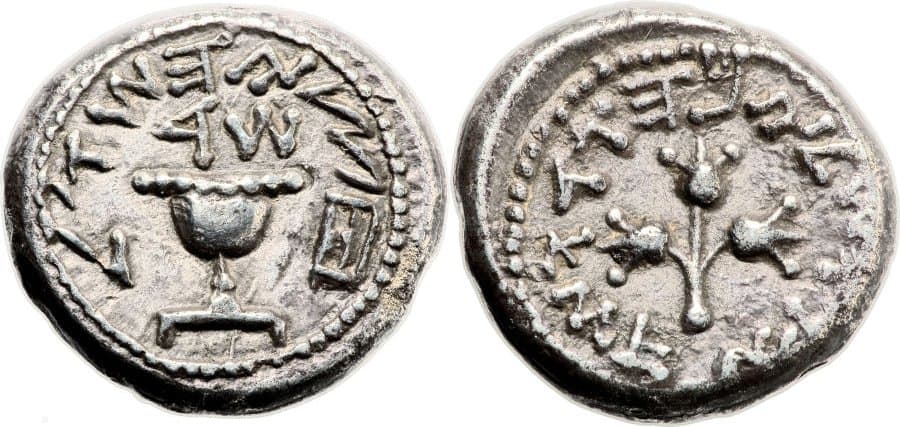
The 70-AD Year Four Shekel is an ancient Jewish coin from the First Jewish-Roman War. It features Paleo-Hebrew inscriptions and symbolic imagery, including a chalice and pomegranate, reflecting the religious and cultural significance of the period. This coin’s rarity and connection to a significant historical event make it highly valuable. It sold for $1.1 million, showcasing its importance and unique place in history. The shekel represents the struggle and resilience of the Jewish people during a tumultuous time, making it a poignant and historically rich artifact.
40 BC Athenian Owl Tetradrachm
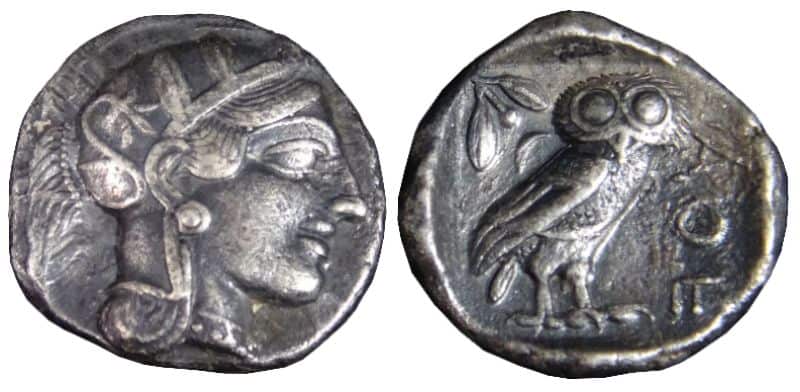
The 40 BC Athenian Owl Tetradrachm stands out for its beautiful depiction of Athena. The obverse side shows her profile, adorned with an ornate helmet. The reverse side features an owl, a symbol of wisdom and the city of Athens, along with an olive branch and a crescent moon. This coin is highly sought after and valued at around $1.9 million. Its historical importance, coupled with its artistic beauty, makes it a gem among ancient coins.
42 BC Brutus Gold Aureus
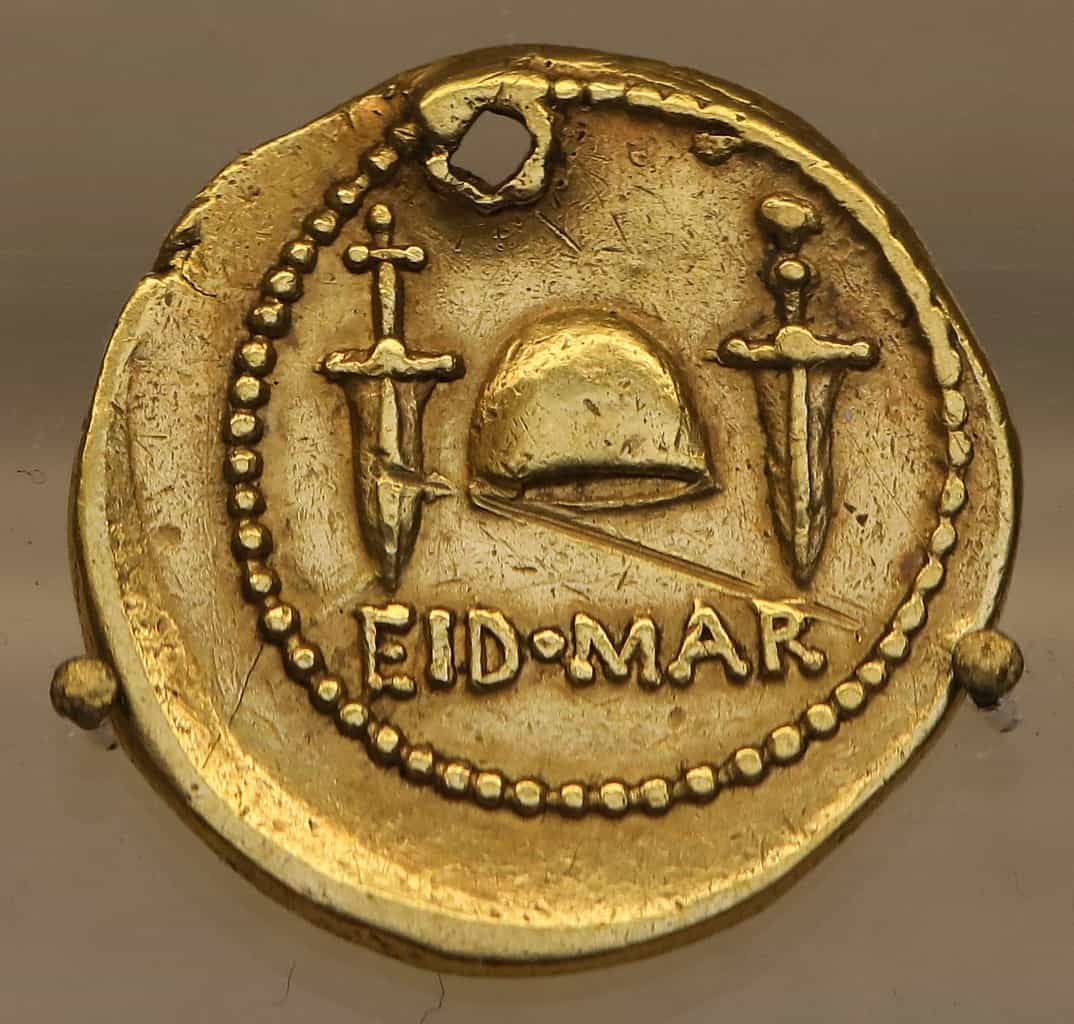
The 42 BC Brutus Gold Aureus is notable for its connection to one of history’s most famous figures. The coin features the portrait of Brutus, one of Julius Caesar’s assassins, on the obverse. The reverse side commemorates the assassination with symbolic daggers and the inscription “EID MAR.” This coin was sold for $3.5 million due to its historical significance and rarity. Collectors value it not only for its gold content but also for its direct link to a pivotal moment in Roman history.
218 AD Elagabalus Gold Aureus
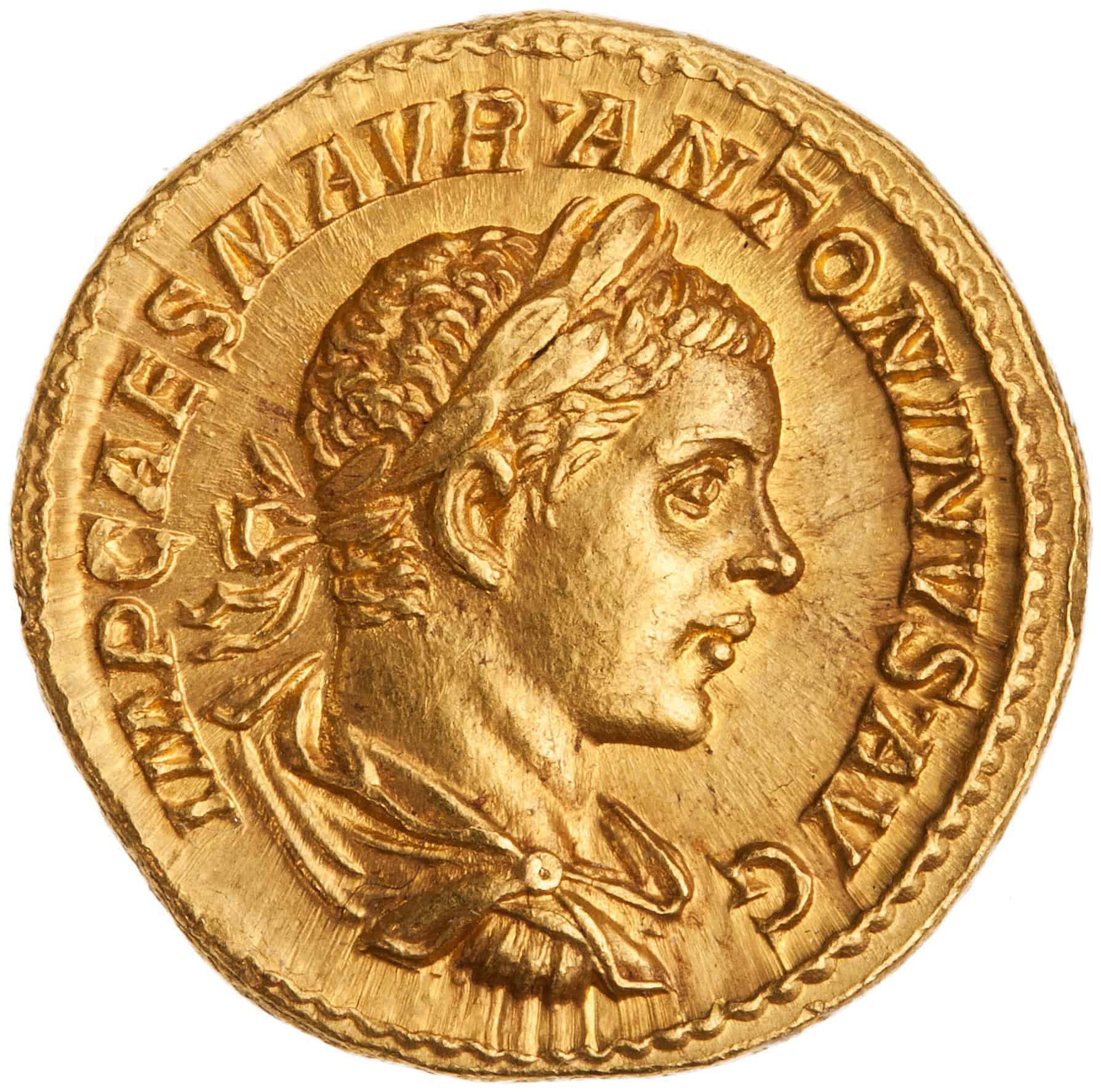
The 218 AD Elagabalus Gold Aureus is a fascinating coin from the reign of Emperor Elagabalus. The obverse side features his portrait, while the reverse side includes symbols and inscriptions related to his rule. This coin’s value is estimated at $2.3 million. Its rarity and connection to a unique period in Roman history make it highly sought after. The Elagabalus Gold Aureus remains a prized piece among collectors and historians.
117 AD Hadrian Gold Aureus
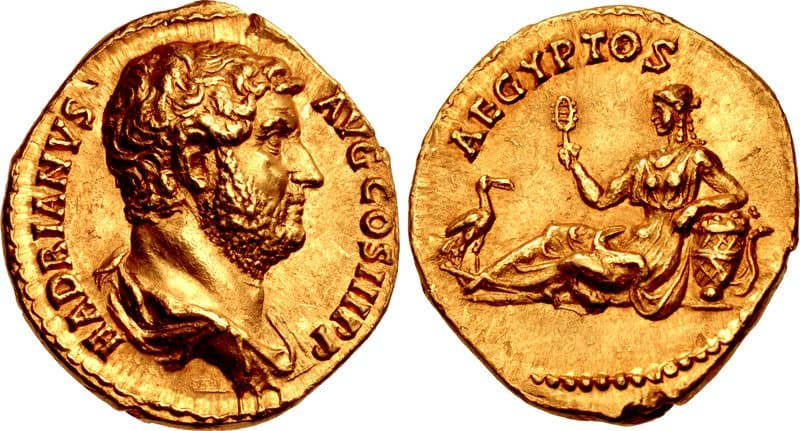
The Hadrian Gold Aureus is a stunning Roman coin from 117 AD. It features a detailed portrait of Emperor Hadrian on the obverse, showcasing his laurel-crowned head. The reverse often depicts various Roman deities or military themes, reflecting the emperor’s achievements. This coin’s value has reached up to $2.2 million due to its excellent condition and historical importance. Collectors prize it not only for its gold content but also for its connection to one of Rome’s most notable emperors.
Cleopatra VII Drachm
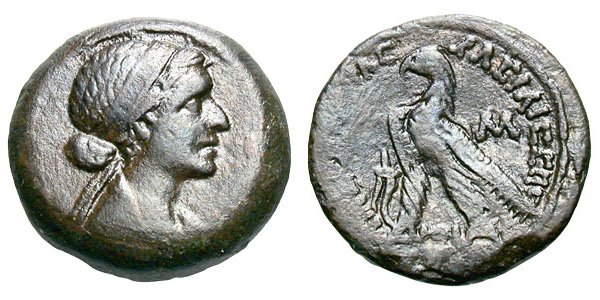
The Cleopatra VII Drachm is an ancient Egyptian coin minted in 44 BC. It portrays Cleopatra’s profile on one side, highlighting her distinctive features. Greek inscriptions accompany her image, adding to its historical context. This coin can fetch up to $2.6 million at auctions. Its value stems from Cleopatra’s enduring legacy as one of history’s most famous female rulers and the coin’s rarity.
45 BC Pompey the Great Denarius
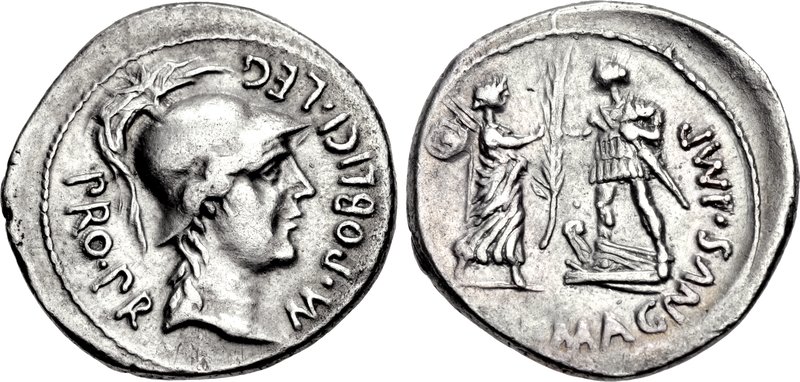
The Pompey the Great Denarius is a Roman coin from 45 BC. It displays Pompey’s portrait on the obverse, capturing his distinctive features and laurel wreath. The reverse typically includes Roman deities and symbols of power. Valued at up to $1.7 million, this coin is prized for its association with Pompey the Great. Its rarity and historical context make it a valuable addition to any collection.
This article originally appeared on Rarest.org.
More from Rarest.org
1951 Wheat Penny Value Guide

The Lincoln cent, also known as the Lincoln penny, has a face value of $0.01. The U.S. Mint has struck this coin since 1909. Read More.
1946 Roosevelt Dime Value Guide

Did you know that after being in circulation for 29 years, the Mercury Dime (also referred to as the Winged Liberty Head dime) was replaced by the Roosevelt Dime in 1946? Yet, interestingly, the Roosevelt dime is still being struck and released for circulation. Read More.
1951 Washington Quarter Value Guide

The 1951 quarter, also known as the Washington quarter, was issued by the US Mint starting in 1932. The quarter was made with 90% silver and 10% copper at that time. Read More.
